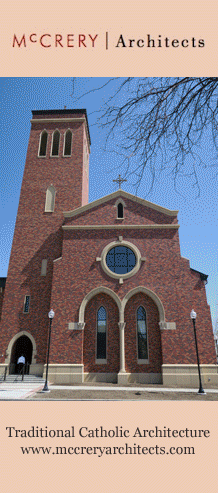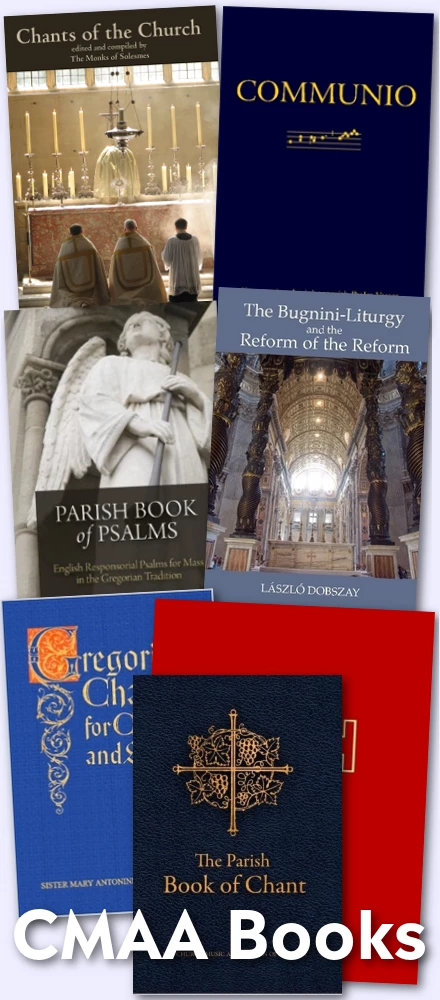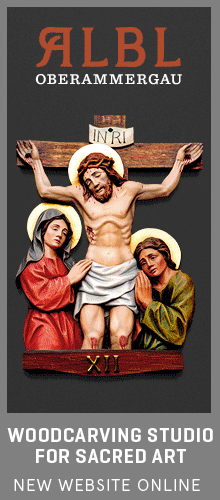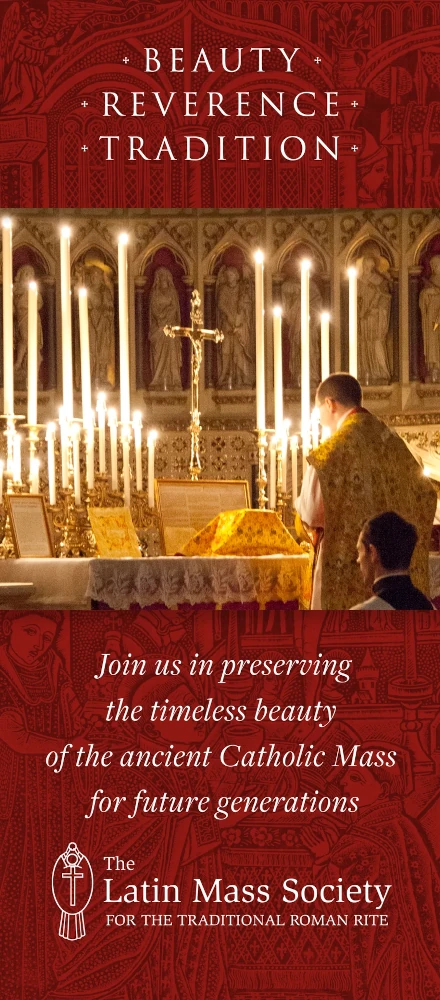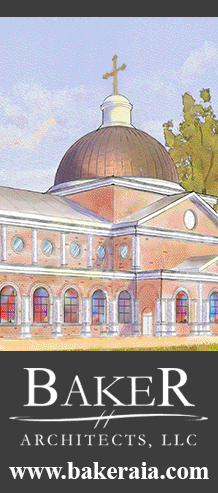It is understandable that many would see liturgical disaster as a unique product of the last Council, and particularly of the implementary body headed by Annibale Bugnini, the Consilium ad exsequendam. Others who have read more widely will understand that it is linked to the gradual radicalization of the Liturgical Movement, as it went from the restorationist and educational model of Dom Guéranger to the pastoral utilitarianism of the postwar period. Relatively few, it seems to me, recognize that the roots of this disaster go far back to (in varying ways) the Protestant Revolt, the Enlightenment, and the age of industrialization.
Lately, a number of fine studies have been published that help us to see these more remote pretexts and premises of the liturgical reform of the 1960s, when the program of the Synod of Pistoia finally entered every suburban parish.
Nico Fassino’s recent article in the The Pillar, “The surprising history of the Children’s Mass” tells us:
It is commonly believed that Children’s Masses are a unique development of the modern liturgical reforms, a direct outgrowth of the Second Vatican Council. In reality, however, special Masses for children – including what might now appear to be shocking liturgical innovations – stretch back more than a century before the Second Vatican Council.
These Masses began as a 19th century attempt to grapple with dramatic social changes and challenges wrought by the modern world. They gained widespread popularity and even gave rise to the creation of vernacular participatory Mass methods for adults years before Vatican II.
In total, hundreds of editions of these methods for children and adults were published, running to millions of cumulative copies, between 1861 and 1961. They were published with approval, printed for decades, and used with permission around the world.
This is the story of the surprising origins of “Children’s Masses” in the early 1800s, their widespread popularity around the world, their sudden fall from favor immediately before the Second Vatican Council, and their rebirth during the initial years of the revised Roman Missal of Paul VI.
Similarly, John Paul Sonnen relates the story of “The First Permanent Altar Facing the People in the United States,” which, as it happens, was installed as early as 1938, at a time when it would have been officially forbidden!
Archbishop John Gregory Murray (1877-1956), a native of Connecticut, became the Archbishop of St. Paul (Minnesota) in 1931. During his 24-year tenure he became a frequent visitor to the monks of St. John's Abbey in nearby Collegeville, Minnesota. In those years St. John’s was the largest Benedictine Abbey in the world and they had made a name for themselves as the American epicenter of the Liturgical Movement and what came to be called the liturgical apostolate, coming into fashion after the First World War.In 1938 Archbishop Murray laid the cornerstone of the new English Gothic Revival church of the Nativity, under construction in a beautiful new residential neighborhood in St. Paul’s Groveland neighborhood. The architect of the church was a non-Catholic by the name of James B. Hills. It was during this time that Archbishop Murray approved a plan that was heretofore unheard of: the altar in the basement crypt chapel was to be set permanently facing the people.In those days this represented a forbidden stratum of liturgical experimentation that was not yet conceived by most, or sanctioned with approval by the Holy See. An innovation in its day, such a thing had not been tried anywhere in the country. Proponents of the Liturgical Movement in northern Europe had been slowly promoting the idea of Mass facing the people, but it was still a novelty concept in the rest of the world.
The photos were sent page by page; I cropped them and combined them for ease of viewing, which explains the mismatches from left to right. (As always, click to enlarge.)
 |
| Title page and copyright page |
The priest, meanwhile, is doing his part at the altar in Latin, so there is a parallel Mass: his in Latin and everyone else’s in French.
It is very difficult to read a method like this and not to wonder, “What in the world were they thinking?” Just because you recite a lot of pious phrases about the Mass all along does not mean you are participating in the holy oblation, the ultimate sacrifice. In fact, you might just miss it altogether by skating on the surface and having no opportunity for recollection, assimilation, and self-offering from the depths of one’s soul.
In his 1975 Apostolic Exhortation Evangelii, Pope Paul VI—who only six years earlier had unleashed on the world a Mass that was patterned after this kind of “Messe Dialoguée en Français”—lamented: “Modern man is sated by talk; he is obviously tired of listening, and what is worse, impervious to words.”
Physician, heal thyself.


%201930.jpg)







